Lack of investment in Infra has been the major constraint resulting in a sluggish growth in steel consumption in the last few years.
- India is ending FY21 with a total steel consumption of around 95-97 million tonnes of steel which is nearly 5 percent lower than the previous year.
- In FY22 the budget has announced a capital investment target of Rs 5.4 lakh crores that is more than a 34 percent increase compared to BE FY21.
- The Global demand for steel had been projected by WSA in October’20 to be growing at 4.1 percent in 2021.
After a gap of more than a decade, a fiscal year has just ended with near-firm anticipation of a glorious journey ahead for an industry frequently interspersed with cyclicity every four to five years. The uniqueness of today’s scenario relates to the universal applicability of the high growth indicators for the steel industry across all countries. The Global demand for steel had been projected by WSA in October’20 to be growing at 4.1 percent in 2021.
Over the last 6 months, the demand for steel by all the end-user segments has grown more than what was anticipated and this was primarily bolstered by the massive stimulus measures undertaken or announced by the US, EU, UK, Japan, China and now India. The ability of the advanced countries to enhance market borrowing as a percentage of GDP exceeds that of the emerging economies due to the prevailing low interest rate which still needs a long time to be achieved by India.
Steel sector outlook in FY22
The country is ending FY21 with a total steel consumption of around 95-97 million tonnes of steel which is nearly 5 percent lower than the previous year. Apart from construction and infra sectors (68 percent share), engineering goods and fabrication comprises around 20 percent share of steel use, while automobile and packaging have shares of 9 and 3 percent respectively of total steel demand. The demand from the C&I sector is slated to go up substantially with more investment in Infra, stability in the real estate sector, FERA amendment etc, the demand from the Auto and Auto component sector may witness a consolidation stage in FY22 with the thrust towards EV, Petrol and diesel price hike and export opportunities.
A V-shaped recovery has been projected for Indian GDP (8.8 percent by IMF in October’20, 5.4 percent by World Bank in January’21 and 12.6 percent by OECD in March 21) for FY22. A 12-15 percent rise in steel consumption in FY22 is the minimum that can be projected for India.
Thus it was gratifying to note that in FY22 the budget has announced a capital investment target of Rs 5.4 lakh crores that is more than a 34 percent increase compared to BE FY21 (maybe marginally lower when the final expenditure estimates are made available for Fy21). This fund for investment is primarily meant for the Infra sector (Roads, Railways for new lines, doubling of lines, gauge conversion, High-speed rails, Metros in 27 locations, ports, airports, transportation of Oil, Gas and Water, irrigation etc), affordable housing, food storage facilities, the energy sector as part of National Infrastructure Pipeline (NIP) Programme for 7,400 projects (ongoing, incoming and conceptualized).
Lack of investment in Infra has been the major constraint resulting in a sluggish growth in steel consumption in the last few years. The secular decline in gross fixed capital formation (a proxy for investment) as a percentage of GDP (current market prices) from 34.3 percent in FY12 to 28.2 percent in FY18 and subsequently to 26.7 per cent in FY21 (second advance estimates) has been the testimony of poor growth in investment in developing quality infra assets in the country.
As the infra sector has large externalities, the public investment must precede private corporate sector investment in the sector. Private investment as a share of GDP has also been continuously falling down in the last few years (27.0 percent in FY12 and 21.9 percent in FY19). Attracting private investment through PPP mode (HAM or TOT) has paid a good dividend in building National Highways by NHAI.
The incoming public investment along with enhancement of FDI limits (from 49 percent to 74 percent in Defence, 100 percent in retail and real estate) has generated a good feeling in the commodity sector, steel being the significant beneficiary, and an enabling environment for infrastructure growth. As nearly 68 percent of steel goes for building, construction and infra sectors, it is imperative that the amount earmarked must be spent during the year.
Coming to price realization, it should be remunerative and leave some balance for the producers to invest for capacity augmentation which is becoming an essential component for the growth of the steel industry in the country. Riding on the increasing prices for the raw materials, Iron Ore and Coal, the finished steel prices in both the Global and indigenous markets have witnessed a rise.
The Chinese export prices for HRC (SS 440) fob Tianjin port is currently ruling at $770/t and the export price of Rebar fob Turkey stands at $625/t. The decongestion of the Suez Canal, anticipated export rebate withdrawal in Chinese export prices and anticipated capacity cut for environmental reasons in China creating supply shortage would lead to further strengthening of market prices.
Last week we discussed that quantum wise around Rs.22000/t and Rs.9500/t were added in domestic prices of HRC and Rebar during the whole year Fy21. This quantum is likely to be lower in Fy22 (high base effect). The spread between HRC and Slab, Rebar and Billets, Ingots and Scrap are likely to experience fluctuations depending on the end using market on the spot. Growing Chinese demand is likely to support Iron Ore prices. Unhindered supply prospects for Australian premium low vol HCC Coal would primarily determine coking coal prices in FY22.
~ The author, Sushim Banerjee is Director General, Institute for Steel Development and Growth. The views expressed in the article are his own
Source for ‘Steel sector outlook in FY22: India and beyond‘: cnbctv18.com/views/steel-sector-outlook-in-fy22-india-and-beyond-8964781.htm


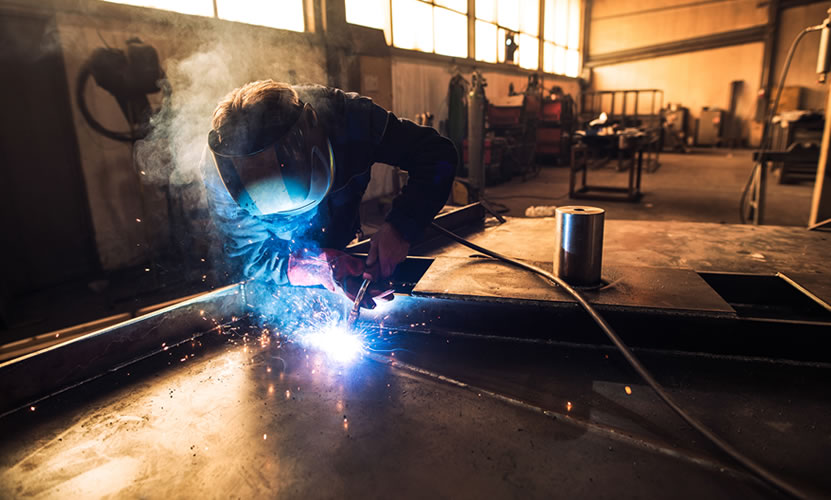
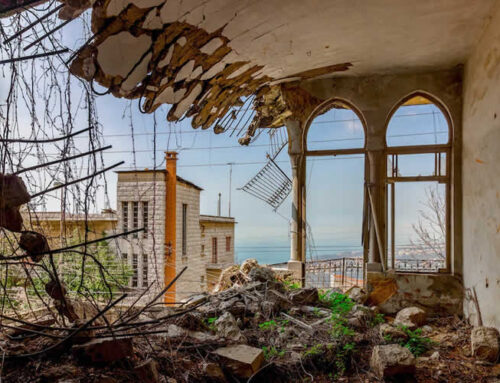
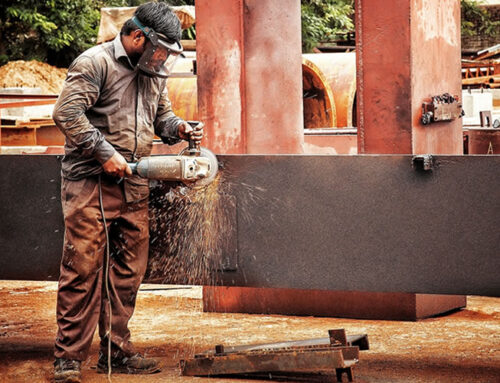
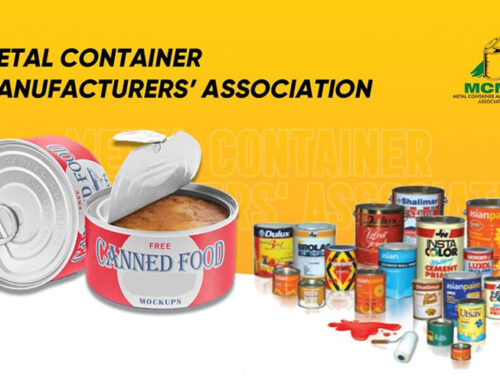
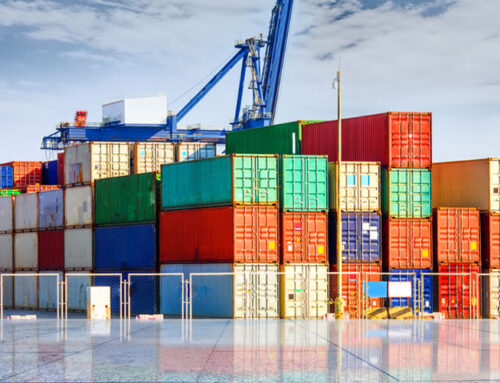
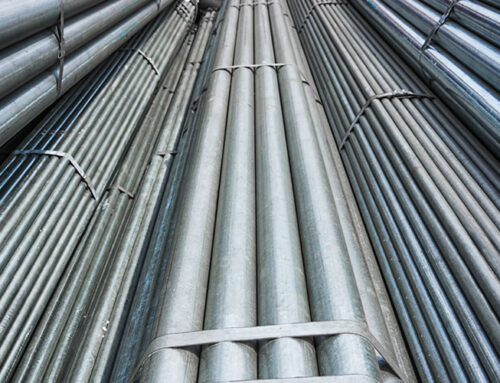
Leave A Comment
You must be logged in to post a comment.